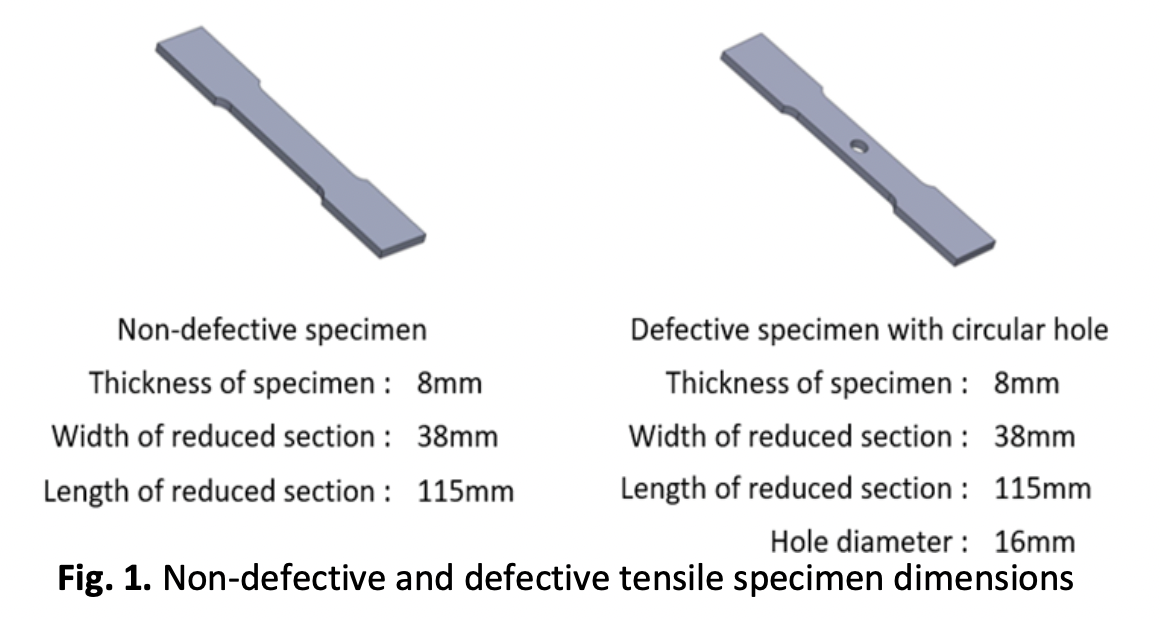Effect of Tensile Stress on Self-Magnetic Leakage Field in Carbon Steel Pipe Material
DOI:
https://doi.org/10.37934/aram.110.1.112123Keywords:
Metal magnetic memory, nondestructive test, static tensile test, carbon steel pipe, material deformation stateAbstract
Metal magnetic memory (MMM) technique is a promising non-destructive technology for determining the state of material deformation and structural defect in carbon steel pipe by measuring the self-magnetic leakage field (SMLF). The relationship between SMLF and stress concentration of cracked specimens has been extensively researched, but little is known about corrosion defects in carbon steel pipes, such as circular holes. A static tensile test and MMM measurement were performed on the ASTM A106 Gr. B steel to investigate its applicability in predicting material deformation state and structural defect. The tensile load makes the distribution of self-magnetic leakage field, SMLF intensities in the elastic stage regular. In the defect zone of defective specimens, a peak-trough in the SMLF intensity in the tangential component, Hp(x), and a peak in the normal component, Hp(y), were observed. As yield approached, the SMLF intensities remained unchanged. During plastic deformation, dislocation slip and dislocation interaction rarely change the SMLF intensities and its gradient. The SMLF intensities and its gradient rise as the tensile load approach its ultimate strength. The distribution of SMLF intensities show a peak feature in the Hp(x), and a peak-trough in the Hp(y) as the specimen fractures. Variations in the magnetic and stress fields of carbon steel pipe are caused by structural defect. As a result, the SMLF intensity varies. The method described in this study can be applied to MMM technique to detect material deformation states and defect formation in ASTM A106 Gr. B steel at low cost and with minimal equipment.
Downloads



























